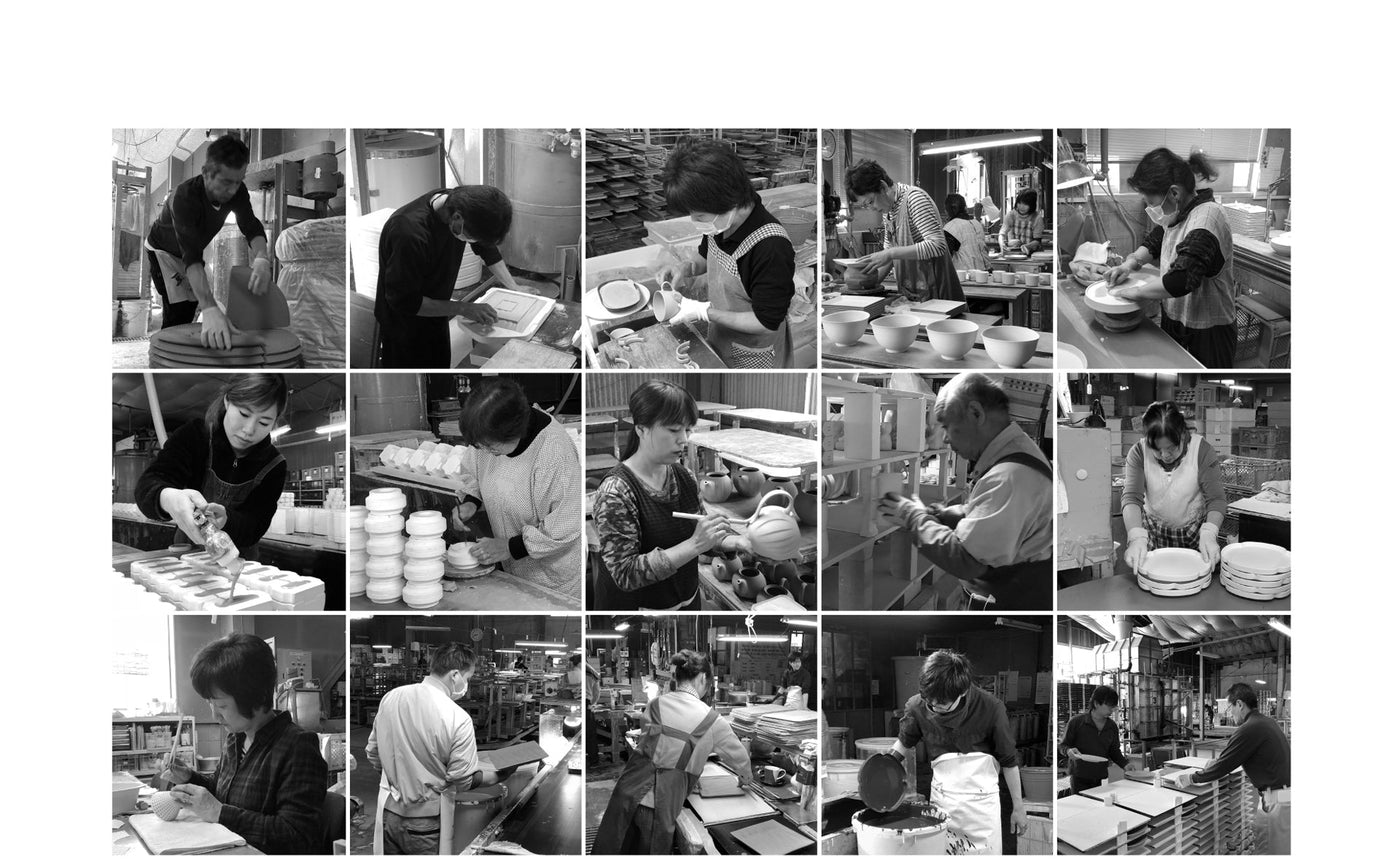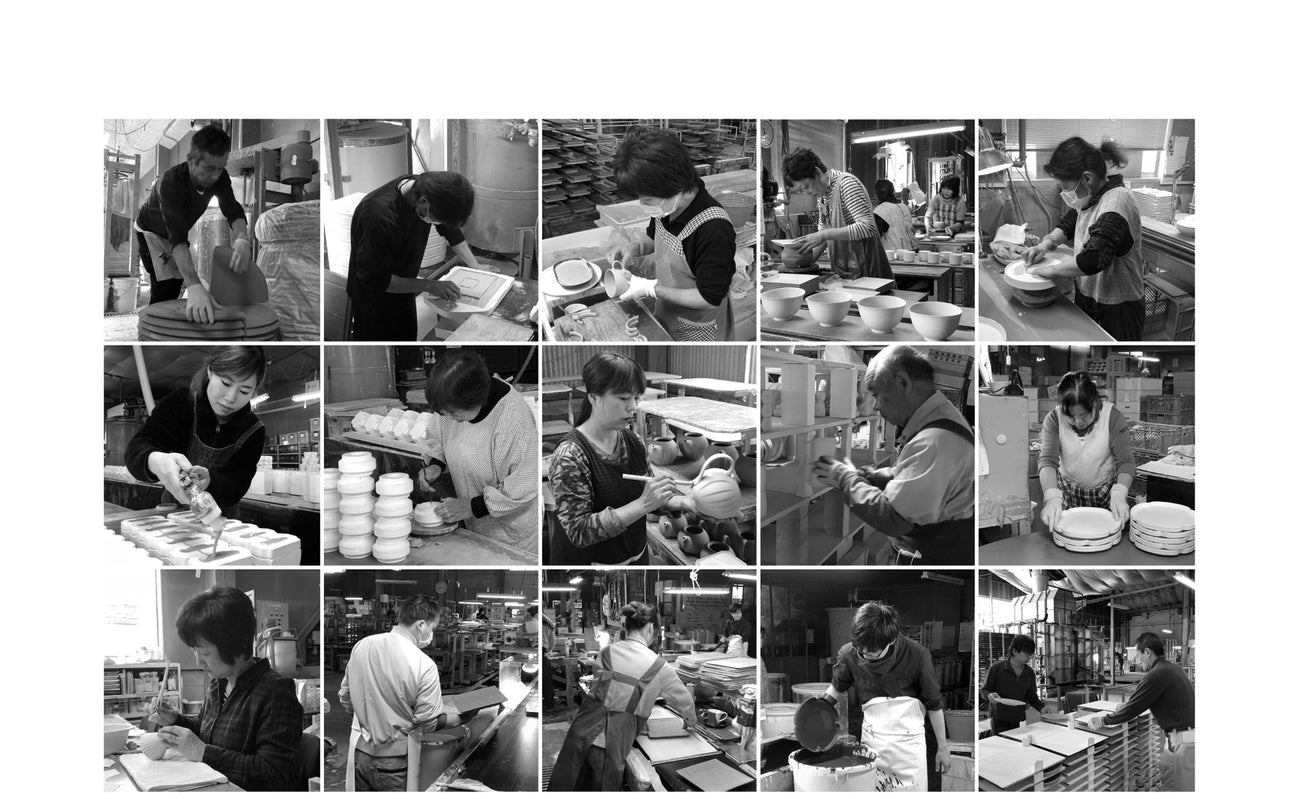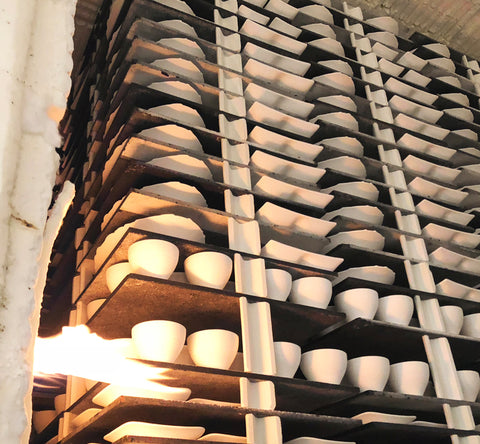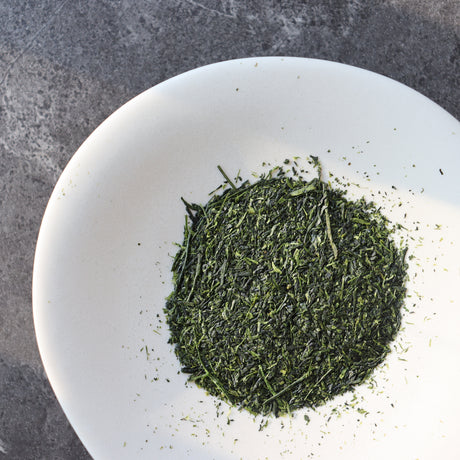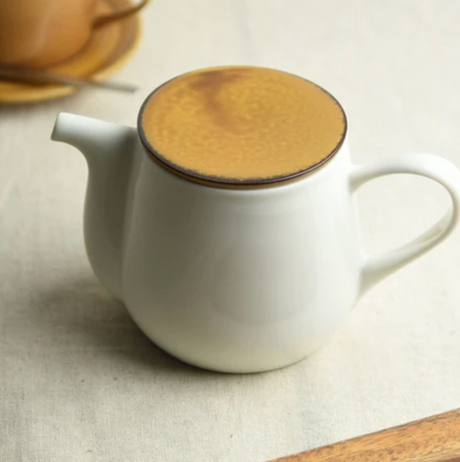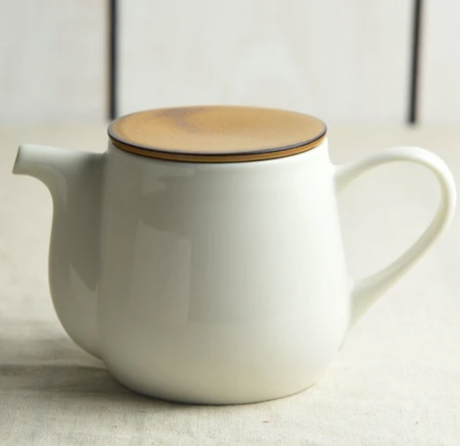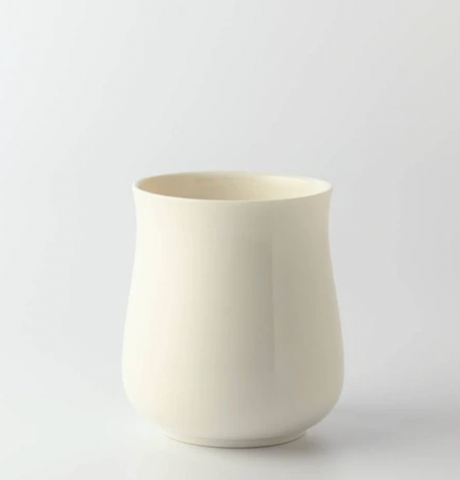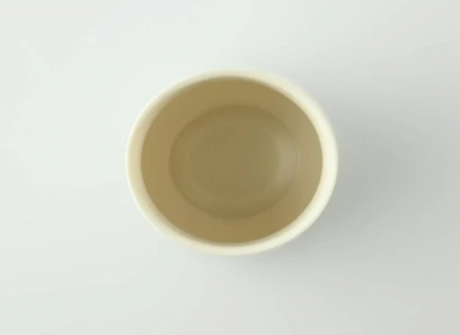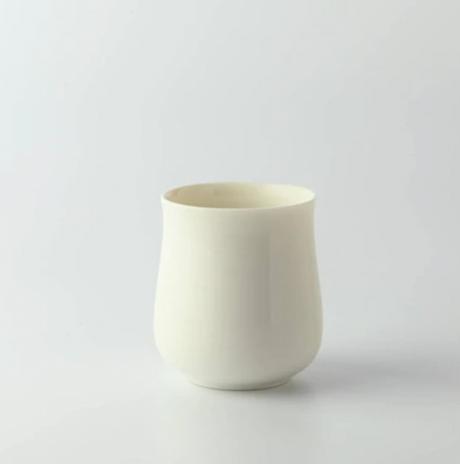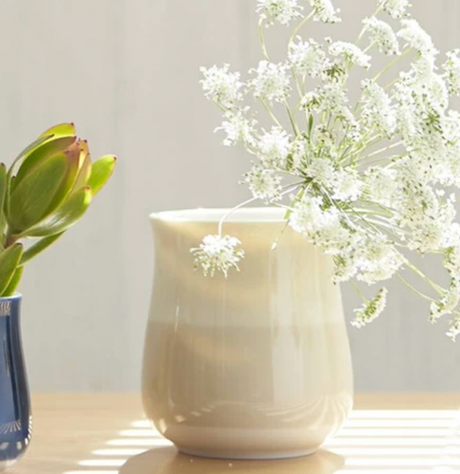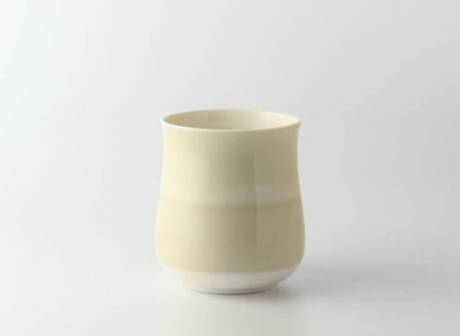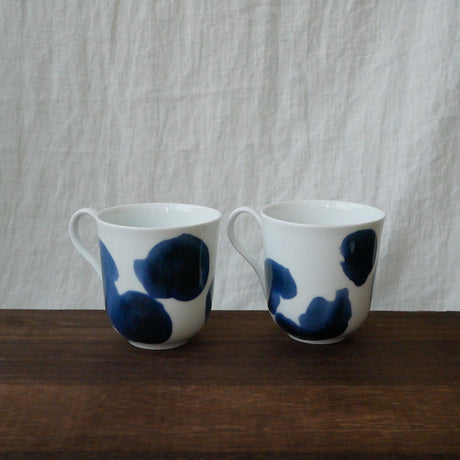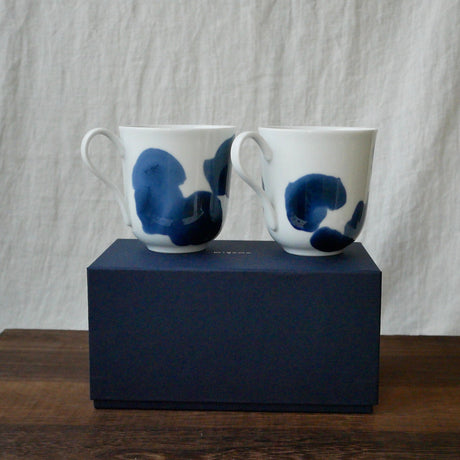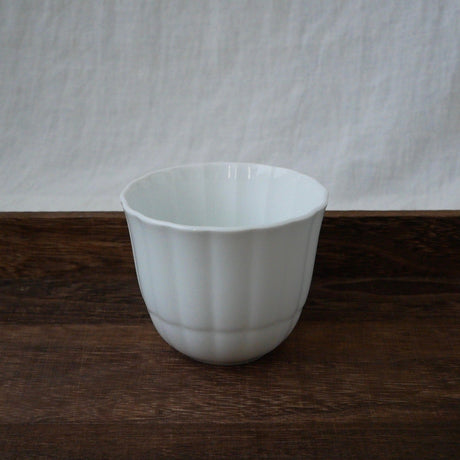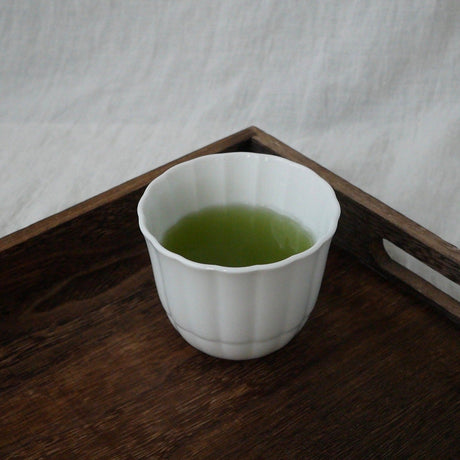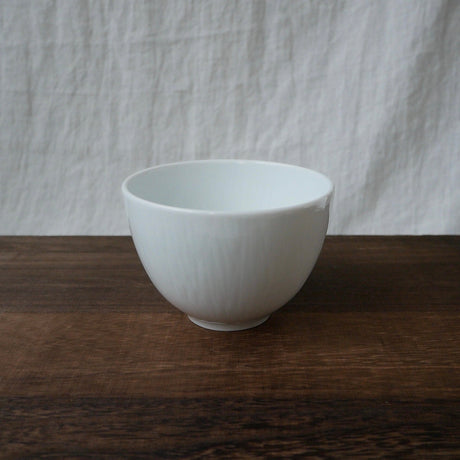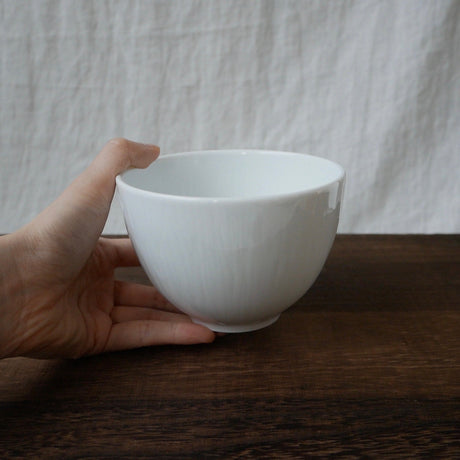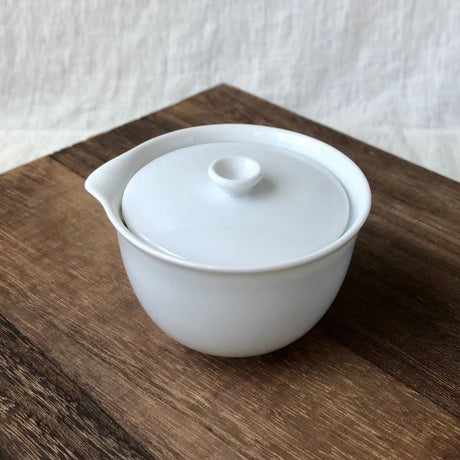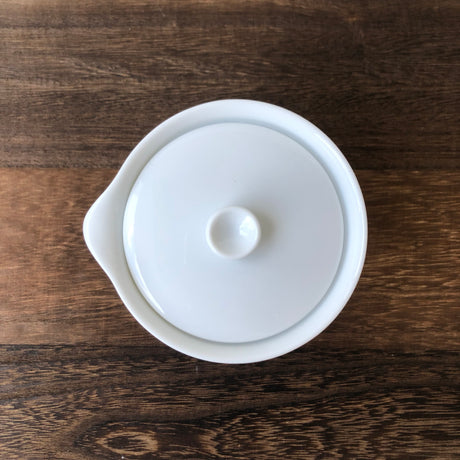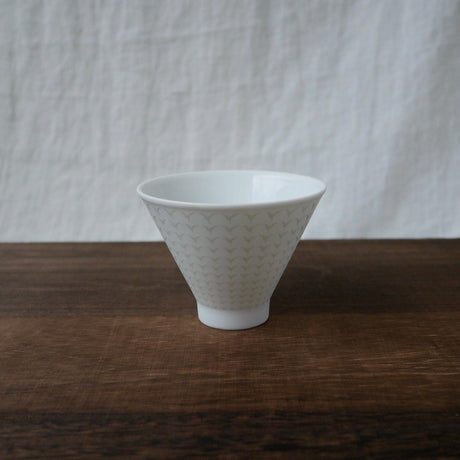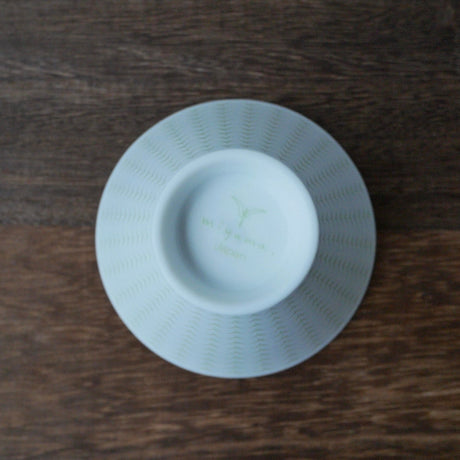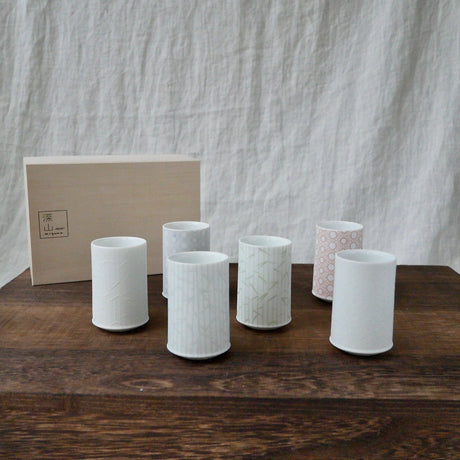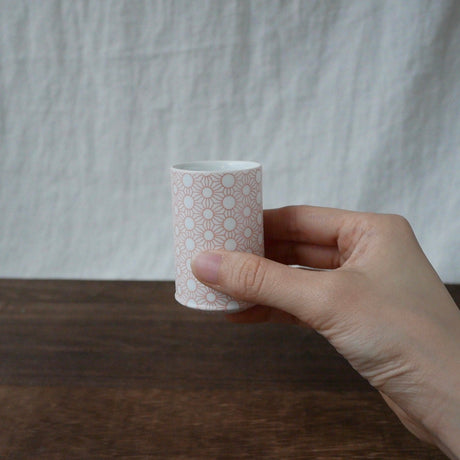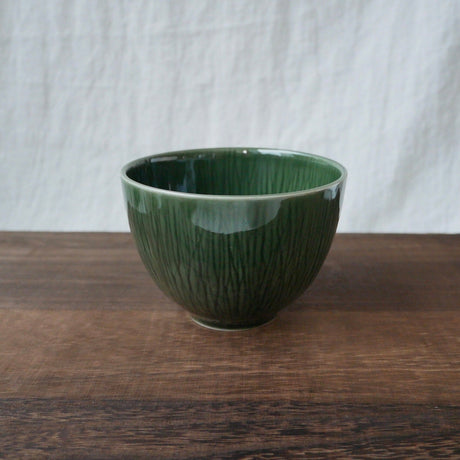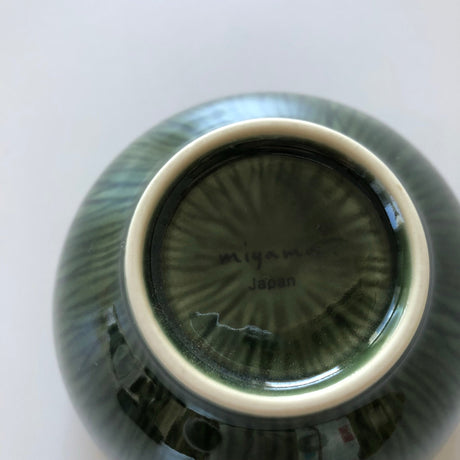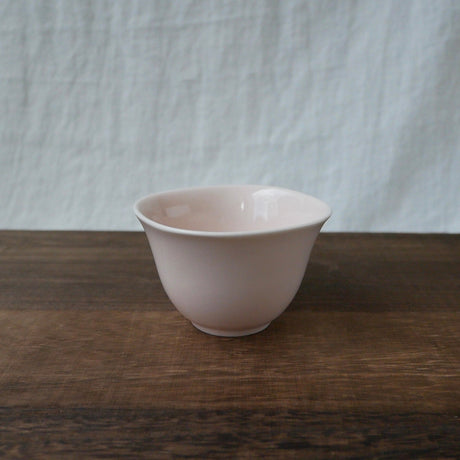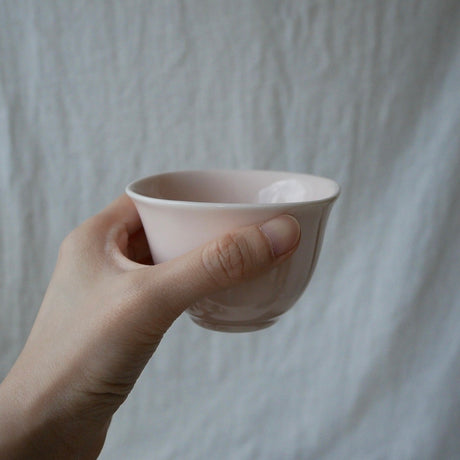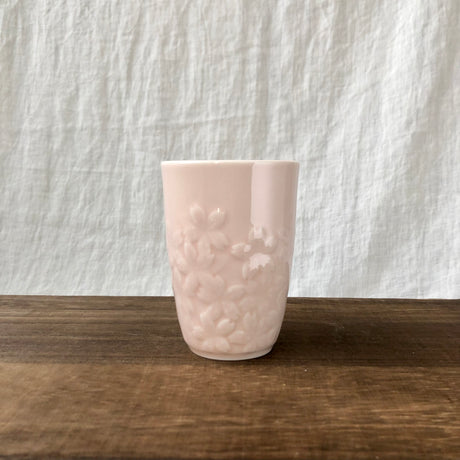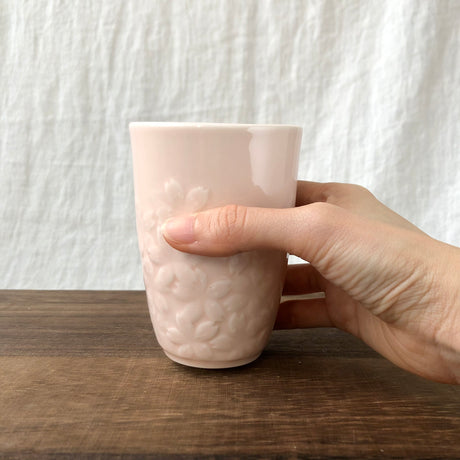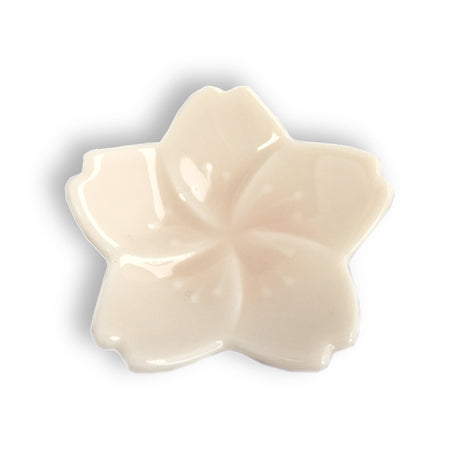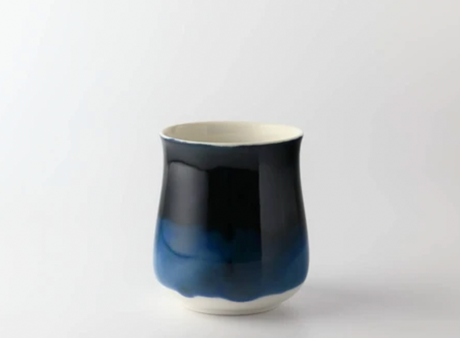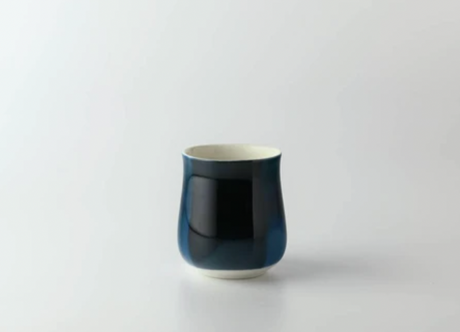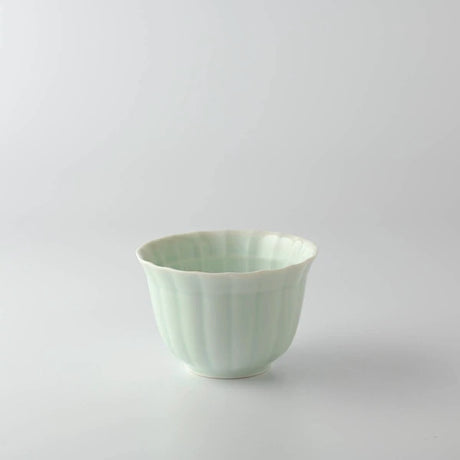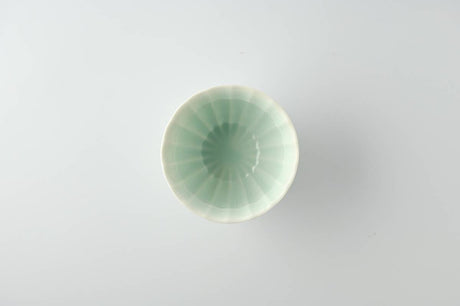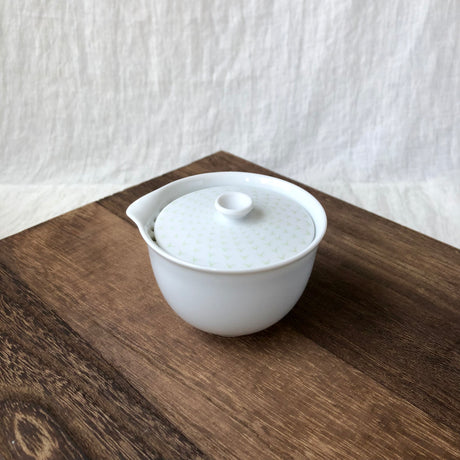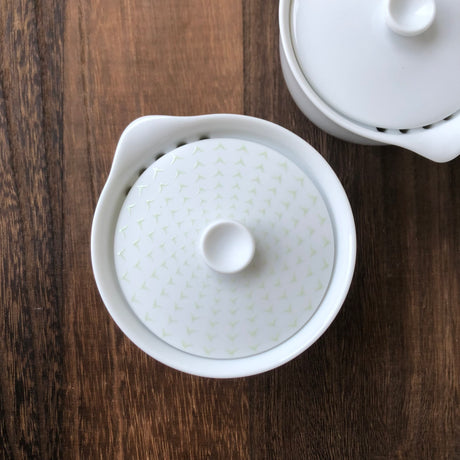- OUT OF STOCK. If you would like to purchase, please contact us at help@yunomi.life for custom procurement or production. If we have other sizes, repackaging may be possible. Otherwise we will inquire with the producer.
Miyama Tableware
Miyama Minoyaki Oval Cup (Off White) ポット(クリームホワイト)
From £7.39 GBPUnit price /UnavailableIn stock (6 units)- OUT OF STOCK. If you would like to purchase, please contact us at help@yunomi.life for custom procurement or production. If we have other sizes, repackaging may be possible. Otherwise we will inquire with the producer.
Miyama Tableware
Miyama Minoyaki Large Oval Cup (Light Gray / Gray) ポット(ライトグレー/グレー)
£19.20 GBPUnit price /Unavailable Miyama Tableware
Yamani - Miyama Tableware: Blue Ink White Paired Mugs
£36.93 GBPUnit price /UnavailableVery low stock (1 unit)Miyama Tableware
Yamani - Miyama Tableware: Yunomi Tea Cup Suzune (7.5 cm tall), White Color
£14.77 GBPUnit price /UnavailableIn stock (7 units)Miyama Tableware
Yamani - Miyama Tableware: "Crease" Matcha Bowl Snow White
£13.29 GBPUnit price /UnavailableVery low stock (5 units)Miyama Tableware
Yamani - Miyama Tableware: Chahaku Hohin Tea Pot - Porcelain White (shiboridashi)
£24.61 GBPUnit price /UnavailableVery low stock (4 units)Miyama Tableware
Yamani - Miyama Tableware: Chahaku Morning Glory Tea Cup - Gyokuro Green
£8.86 GBPUnit price /UnavailableIn stock (7 units)Miyama Tableware
Yamani - Miyama Tableware: Sasasa Guinomi Shot Glass 6-Piece Set with Wooden Gift Box
£59.08 GBPUnit price /UnavailableVery low stock (1 unit)Miyama Tableware
Yamani - Miyama Tableware: "Crease" Matcha Bowl Oribe Green
£15.76 GBPUnit price /UnavailableIn stock (6 units)Miyama Tableware
Yamani - Miyama Tableware: Sakura Sencha Tea Cup Pink
£6.35 GBPUnit price /UnavailableVery low stock (3 units)- OUT OF STOCK. If you would like to purchase, please contact us at help@yunomi.life for custom procurement or production. If we have other sizes, repackaging may be possible. Otherwise we will inquire with the producer.
Miyama Tableware
Yamani - Miyama Tableware: Sakura Yunomi Tumbler Pink
£12.31 GBPUnit price /Unavailable Miyama Tableware
Yamani - Miyama Tableware: Sakura Chopstick Rest Pink
From £3.54 GBPUnit price /UnavailableIn stock (18 units)Miyama Tableware
Miyama Minoyaki Oval Cup (Ink Blue) ポット(インクブルー)
From £10.83 GBPUnit price /UnavailableVery low stock (4 units)Miyama Tableware
Yamani - Miyama Tableware: Sencha Tea Cup Suzune, Tea Green Color
£8.86 GBPUnit price /UnavailableVery low stock (4 units)- OUT OF STOCK. If you would like to purchase, please contact us at help@yunomi.life for custom procurement or production. If we have other sizes, repackaging may be possible. Otherwise we will inquire with the producer.
Miyama Tableware
Yamani - Miyama Tableware: Chahaku Hohin Tea Pot - Gyokuro Green (shiboridashi)
£25.60 GBPUnit price /Unavailable Miyama Tableware
Yamani - Miyama Tableware: Sencha Tea Cup Suzune (6 cm), White Color
£8.44 GBPUnit price /UnavailableVery low stock (2 units)

